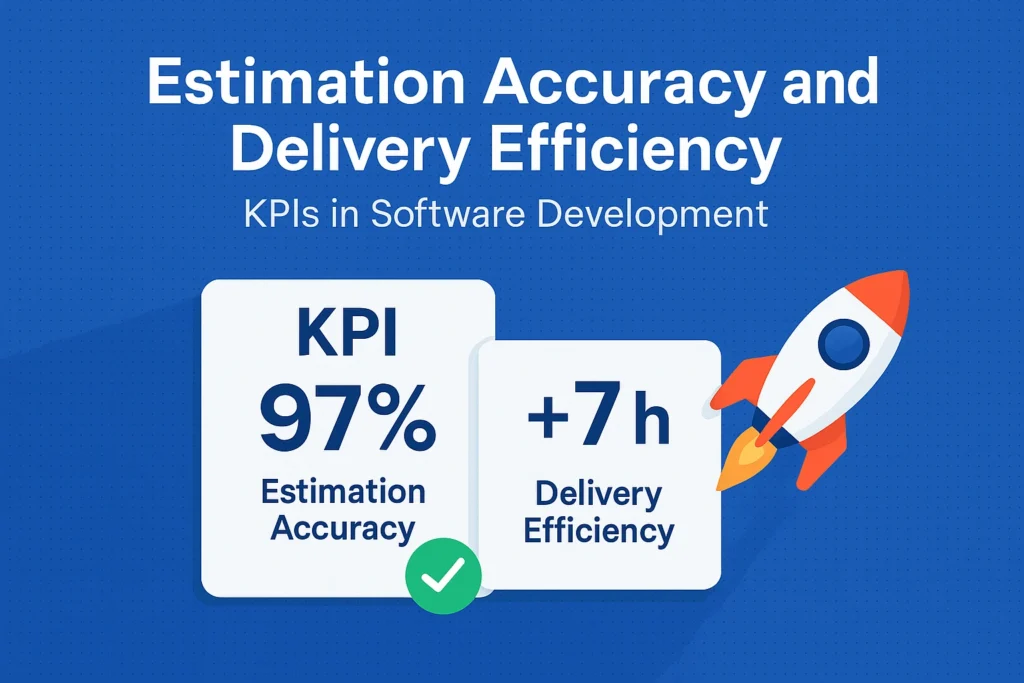When people stop using your digital product as often, or worse, abandon it entirely, it’s usually not because they don’t need it. It’s often because something within the experience made it frustrating, uninviting, or just plain confusing. Whether it’s a mobile app, web platform, or software tool, strong engagement is what keeps users coming back. If that connection fades, it’s a clear sign the product isn’t meeting users where they are.
You might notice user engagement dropping through fewer log-ins, higher bounce rates, or limited time spent on key features. These are all red flags that something isn’t clicking. Good engagement means more than just being functional. It means feeling easy to use, pleasing to explore, and worth returning to. Let’s take a look at why that connection sometimes breaks and how you can begin to fix it.
Identify The Root Causes Of Poor User Engagement
You can’t boost engagement until you understand why it’s low in the first place. Fortunately, shrinking user interest isn’t usually random. There are a few common reasons digital products start to feel off-track.
1. Cluttered Layout
If your app or site feels messy or overloaded, users won’t stick around to figure it out. A cluttered interface can make simple tasks feel like work.
2. Unclear Navigation
People like to find what they need quickly. A confusing layout or hidden menus can frustrate users and push them to give up rather than explore.
3. Lack of Feedback
When users take an action, like clicking a button or submitting a form, they expect a response. No response, or a delayed one, can make the app feel broken.
4. Outdated or Irrelevant Content
If the content isn’t speaking to users’ needs or is visually outdated, it can make your product feel less useful or trustworthy.
5. Missing Personalization
One-size-fits-all platforms often fail to connect with users in meaningful ways. If your product can’t adjust to individual needs, people may tune it out entirely.
Start by reviewing any feedback you’ve received from users. Comments, low ratings, or even support tickets can be helpful clues. You’ll also want to look at behavior data from tools like Google Analytics or Hotjar, which can show where people are dropping off. What page were they on? What button did they stop short of clicking?
Fixing engagement issues starts with gathering this kind of input. With it, patterns start to emerge and so do opportunities to improve.
Enhancing UI Design To Boost Engagement
The design of your interface isn’t just about looking good. It shapes how people feel as they use your product. A clean interface can feel welcoming. A frustrating one can be a dealbreaker. If your user interface isn’t doing its job, even a great feature set won’t save the experience.
You might think of UI like the layout of a grocery store. If your aisles are too crowded, signs are unclear, or products are tough to find, people don’t enjoy the experience. They remember how hard it was and choose not to return. Similarly, a confusing app or website setup can leave users with a bad feeling, even if everything technically works.
Here are some practical ways to start improving your UI:
– Simplify layout and spacing. Don’t pack too much into one screen. Leave breathing room between elements.
– Make navigation predictable. Stick to standard placements for common items like menus, settings, and search bars.
– Use consistent icons and colors. Don’t make users guess at your symbols or change your palette from screen to screen.
– Test responsiveness. Buttons, links, and animations should respond quickly and clearly with every tap or click.
– Focus on accessibility. Use size, color contrast, and text that makes things easier for people with different needs.
If you find yourself running into design blocks, UI design outsourcing can be a smart move. Rather than trying to solve everything in-house, working with a team that specializes in layout and flow can bring fresh ideas and a more user-focused approach. It’s not just about making the app look better. It’s about removing the little annoyances that turn first-time users into former users.
By getting UI design right, you build trust. When things feel polished and intuitive, users don’t think twice about coming back.
Improving Content And User Interaction
A product’s content plays a big part in the user experience. If what’s on the screen feels too generic, outdated, or hard to follow, people won’t stay long. The same goes for how users interact with your app or platform. The smoother the interaction, the more likely they’ll keep coming back.
Catchy headlines, short descriptions, and clear labels help users find what they need faster. But good content isn’t just about wording. It’s about tone, timing, and placement. A helpful prompt or guide during onboarding, for example, can go a long way in helping users understand your product faster. On the flip side, irrelevant popups or generic alerts can drive people away.
Storytelling can help too, as long as it stays focused. Keep messages relatable and clear. When people feel like a digital product understands them, they’re more likely to stick with it.
To boost engagement through better interaction:
– Use targeted push notifications rather than broad blasts that could feel spammy.
– Add interactive elements like chat support or guided walkthroughs using micro-animations.
– Offer subtle personalization tools, such as saving preferences or remembering recent activity.
– Make key actions easy to complete within two to three taps or clicks.
For example, think about a food delivery app. If it remembers your last order and lets you reorder it with one tap, that’s a small convenience that makes a big difference. It reduces friction and makes the whole experience feel smoother.
Sometimes your current content might need a full refresh. Or maybe you’re still using placeholder copy from early development. Either way, it’s a good time to review your messaging, calls-to-action, and copy tied to onboarding. These details shape how users feel as they move through the product.
Monitoring And Analyzing User Behavior
Once you’ve tightened your UI and upgraded your content, you’ll want to start tracking how those changes affect users. Without real user data, you’re basically guessing what’s working and what’s not.
Start by setting up tools that show heatmaps, click flows, or session recordings. This doesn’t mean you need to monitor every little thing. Just keep an eye on where people are getting stuck or dropping off. If users frequently exit during onboarding or abandon shopping carts, those are the spots to fix first.
Analytics can offer insight into things like:
– Most or least used features
– Screens with the highest bounce or exit rates
– Time spent on each section of your platform
– Devices and environments users interact with most
It’s especially helpful when you pair usage data with user feedback, such as survey responses or support requests. If someone says “this form was too long” and the form also has a high drop-off rate, that’s confirmation that something needs adjustment.
Make small updates and measure again. Watch not just where people go, but what they stop doing. Analytics isn’t just a progress check. It’s a feedback loop. When used right, it can help you keep improving long after launch.
Rethinking Engagement with a Fresh Product Focus
Bringing more life back into your product experience takes time, clear goals, and a design-first mindset. Good engagement always starts with the user. That means shaping your digital product to feel as smooth and natural as possible from entry point to exit.
If your team’s been juggling so many features and updates that the user experience has taken a backseat, now is the time for a shift in focus. Investing in content, layout, interaction, and behavior tracking helps rebuild confidence and interest in your product. No one wants to wrestle with clunky forms or dig through outdated content. They want something that fits into their day without stress.
To see how others have overcome these same challenges, check out our most recent UI projects and solutions featured across custom software, mobile apps, and data-driven platforms. Visit our portfolio to explore real examples of thoughtfully designed, responsive interfaces brought to life using Flutter, Ruby, and .NET.
Revitalize your digital product’s engagement by exploring effective ways to improve user interfaces and interactions. If you’re considering solutions like UI design outsourcing to enhance the user experience, NetForemost is here to help. Dive into personalized approaches and see how even small changes can make a big impact on user satisfaction. Check out our portfolio to see real examples of successful transformations.






